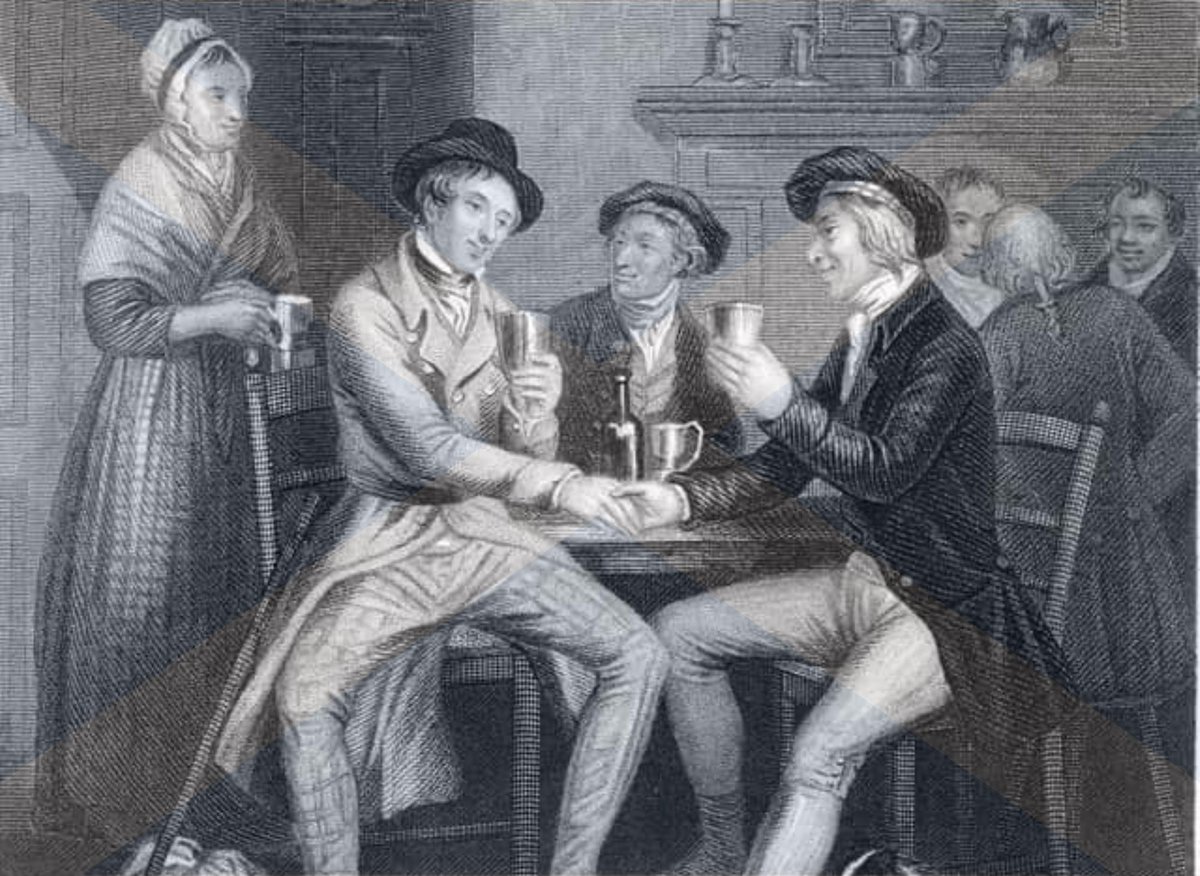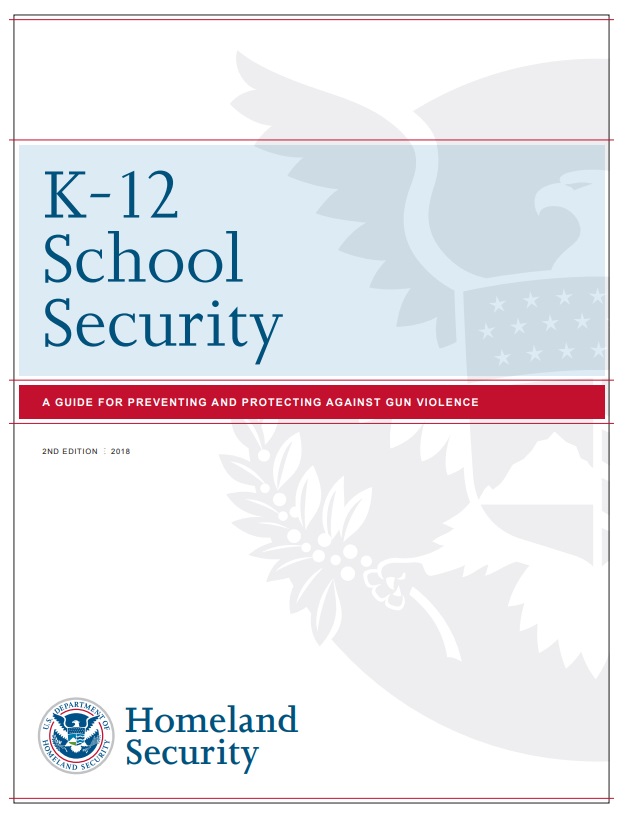First Footing
- Home Page 135

Public Law 98-144: Martin Luther King Day
College students create the ultimate hangover cure
Two Yale University seniors have created a product they believe will cure what ails their peers — and many others: hangovers.
Margaret Morse and Liam McClintock wanted a supplement that would allow them to have fun on a night out, but would not impede on being able to work the next morning.
What causes hangovers to begin with? Morse, a molecular cellular and developmental biology major, told local news outlet WTNH, “There’s an acetaldehyde build up. There is a vitamin and electrolyte loss. There is a glutamine rebound and there are immunological disturbances.”
Their proposed solution is SunUp, a powdered citrus-flavored supplement filled with vitamins and nutrients.
“This is a powder that you take before you start drinking and it helps your liver deal with the stress you’re putting it under when you drink,” McClintock told WTNH. According to the New Haven Register, one would drink SunUp in a glass of water around an hour before they start drinking. While one might believe dehydration is the cause of hangovers, SunUp’s website explains that it is actually a symptom. “These two phenomena are concurrent because of the diuretic effects of alcohol, but dehydration does not cause the actual hangover feeling,” says the site’s FAQ. SunUp instead focuses on combating four root causes of a hangover: acetaldehyde building, vitamin and electrolyte loss, glutamine rebound and immunological disturbances.
“It’s intended for productive workers,” McClintock told WTNH. “Like ourselves who like to have a social life, like to go out and have a couple of drinks but also need to be productive the next day and get up and have work to do.”
Morse and McClintock have received positive feedback from fellow students and the Yale community. They’ve brought it to a pharmaceutical company, and it could be available in April. SunUp will retail for $5; if you want to pre-order, you can purchase through the company’s Indiegogo page.
New update alert! The 2022 update to the Trademark Assignment Dataset is now available online. Find 1.29 million trademark assignments, involving 2.28 million unique trademark properties issued by the USPTO between March 1952 and January 2023: https://t.co/njrDAbSpwB pic.twitter.com/GkAXrHoQ9T
— USPTO (@uspto) July 13, 2023
Standards Michigan Group, LLC
2723 South State Street | Suite 150
Ann Arbor, MI 48104 USA
888-746-3670















